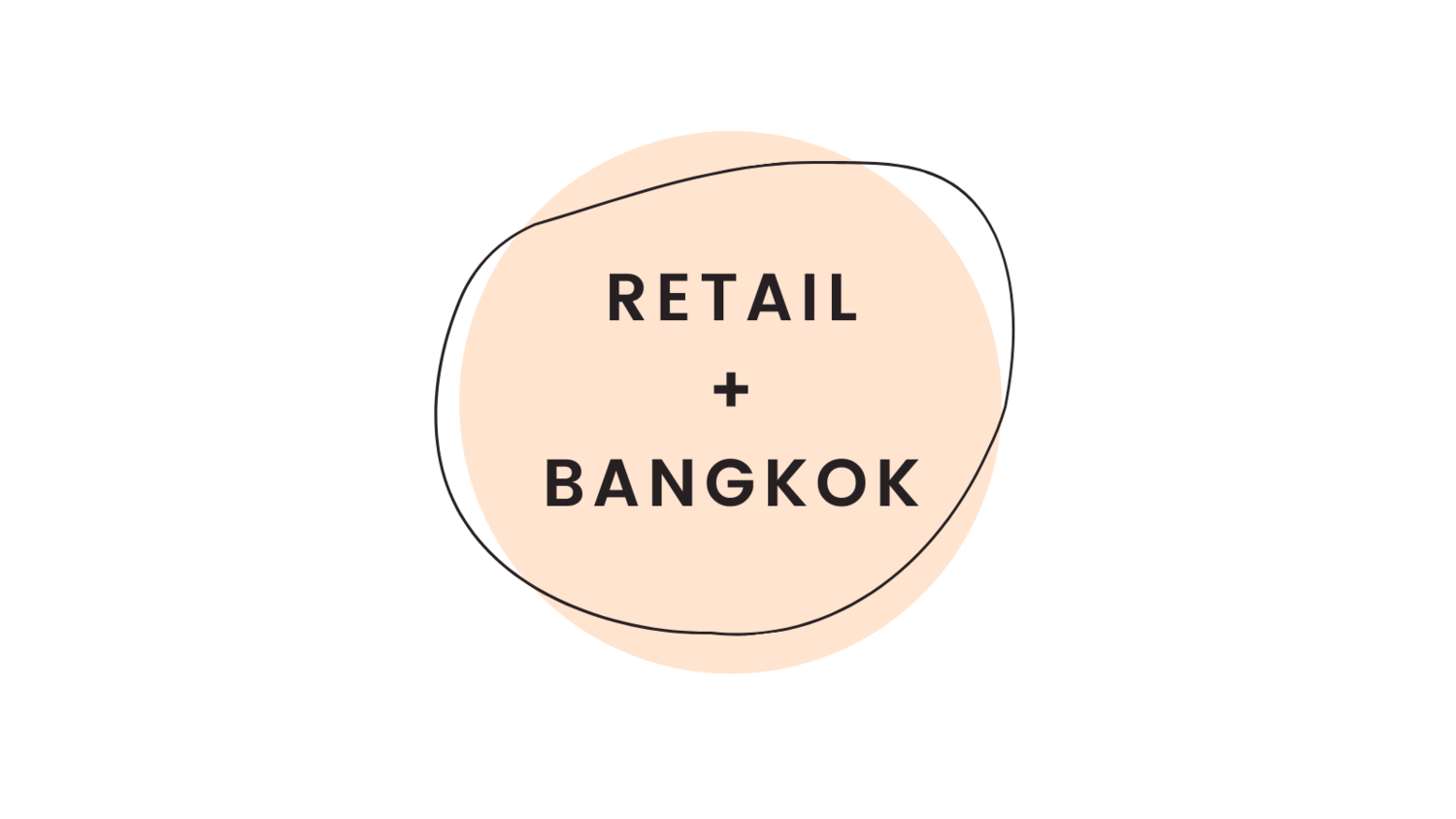I Did Not Buy Clothes for Ten Months and Here’s What I Learned
On a dark, cold Christmas Day in England in 2019, I thought I’d try a little experiment. 2020 is fast approaching and just like many of us, I started seeking out what I could do better or maybe just do something a little differently in the next year. I hated the idea of a New Years Resolution and have my reservations in calling it such, but I do believe in the empowerment that comes with a fresh start.
Regardless of what we call it, whether trying something new or maybe just to challenge myself, I’m intent on to sit on the sidelines and do nothing. Heck, what’s the worst that could happen? Learn something about me and even the world around me. I’m not going to miss this opportunity.
I’ve been toying with the idea of going sugar-free for 30 days (in hindsight, that would have been a more difficult challenge, perhaps a little bit too much). Then I thought, if I’m really going to do this, I need at least a fighting chance. And I really want to win.
Then I remember watching a documentary about the environmental cost of fast fashion. According to an article in The Guardian, the fashion industry produces 10% of global carbon dioxide emissions every year, while it is estimated to use around 1.5 trillion litres of water annually. Meanwhile, concerns have been rising about water pollution, from chemical waste to microplastics in the fabric.
There’s also a case to be made for living a more modest, minimalist lifestyle. What we see and listen to on TV, social media, and even among our peers is about having it all. To say status (or the perception of status) is everything, is an understatement. We are normalising a culture of waste, consumerism, and the constant pursuit of the next shiny object.
So I asked myself: What can I cut back? What if I start with my clothing? I used to shop a couple of times a month so it wouldn’t be the hardest thing to give up. The challenge is: Can I keep on wearing the same old clothes and not buy anything in the next three months?
The first three months
It has been a difficult first three months. The months of January and February are winter at its peak and it’s very tempting to get a new coat or winter jacket. Fortunately, winters in London are not extremely cold and I spent about a week in Miami for work (at 26 degrees C, I was wearing shorts and a t-shirt). In February, I traveled to Istanbul (even milder than London) for a few days. I have to say the travels had been a good distraction. No shopping in Miami nor Istanbul. So far so good.
Then COVID happened
Then the big C happened. In March, we found ourselves at the beginning of a nationwide lockdown. Non-essential shops were closed. People were panic buying essential items. For over a month, the supermarket shelves are empty and toilet paper is suddenly the most sought-after premium item. You know how it was. Going back to my challenge: With everyone in a state of panic, buying clothes is the last thing on my mind. Although, I could still shop online if I wanted to..
Ten months rolled in
With the world still reeling from the impact of the pandemic, summer is officially over and a distant memory. I could feel the cold wind blowing, like an unwelcome stranger trying to make its presence felt. The days are getting shorter and nights getting longer. October so far has brought nothing but wind and rain. And I could feel the chill in my bones.
After 10 months, I finally decided to make that first clothing purchase.
What I learned
I learned I could do anything if I start small and aim for marginal gains every day. In the end, tiny regular improvements accumulate and turn into massive gains overtime.
I learned that we’re all consuming more than we need and need to do something about it. Since we were kids, it has been ingrained in us that material wealth makes us happy. Whether that be a new toy or a new pair of shoes. As we get older and eventually make our own money, we measure our sense of accomplishment by buying your first [enter name of item here]. And that’s fine. It's the constant pursuit of more and more things that is damaging.
With this consumerist mindset further fuels a ‘what’s new’ culture, a need to keep up with trends as they come, which then becomes a vicious cycle.
I learned that we sometimes choose to ignore that our own actions have environmental consequences. Perhaps, we should be ready to pay higher prices that account for the environmental impact of fashion.
Frankly, times like this, buying second hand clothes makes much more sense. It's not only good for our wallets, it’s also better for the environment.
Needless to say, we are in a state of emergency. We need to start rethinking fashion and how it fits in our lives and the future. If we start thinking of our clothes as a functional product rather than an emotional one, then perhaps we will start treating clothes differently.


